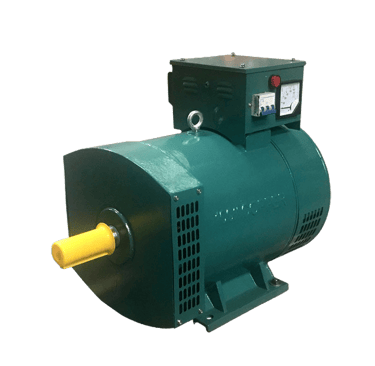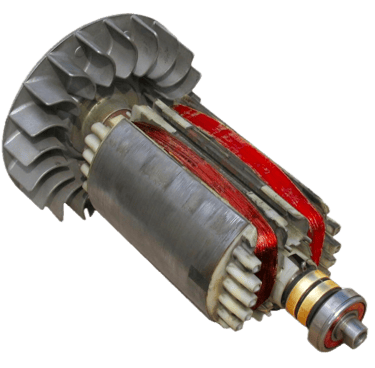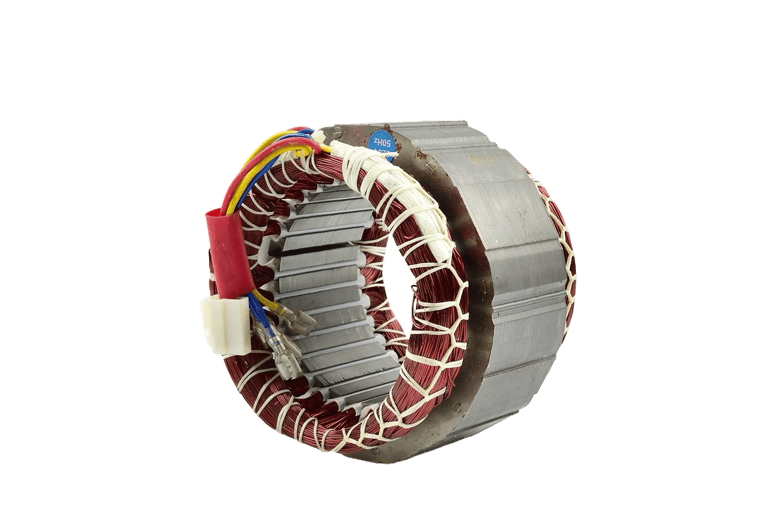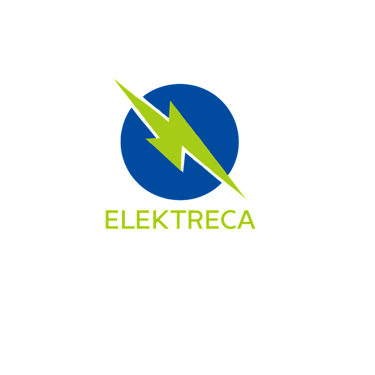The Alternator Where Mechanical Energy Becomes Power
Learn how the alternator transforms engine movement into usable electricity, plus tips for keeping it efficient and reliable.
ELEKTRECA
8/17/20252 min read


The Alternator
The alternator is the part of the generator that makes electricity. It takes the mechanical energy from the engine and turns it into electrical energy using electromagnetic induction.
How the Alternator Works
Inside the alternator are two main parts:
Rotor (or Armature) – This part spins, creating a moving magnetic field.
Stator – A stationary set of copper windings where electricity is generated.
When the engine turns the rotor inside the stator, the magnetic field cuts across the copper wires. This movement forces electrons to flow, producing electricity that can power your home, business, or equipment.
Rotor and Stator in an Alternator
The alternator is built around two major components: the rotor and the stator. These two work together to convert mechanical energy from the engine or turbine into electrical energy.
Rotor (The Rotating Part)


The rotor is the moving section of the alternator. It carries the field winding, which is supplied with a small amount of direct current (DC). When the engine drives the rotor, it spins and produces a rotating magnetic field inside the alternator.
There are two common designs of rotors:
Salient pole rotors, which have projecting poles and are used in low- and medium-speed machines.
Cylindrical rotors, which have a smooth surface and are used in high-speed alternators like those in power stations.
In both cases, the purpose of the rotor is to provide the magnetic field that interacts with the stator windings.
Stator (The Stationary Part)


The stator is fixed in place and forms the outer frame of the alternator. It contains the armature windings—usually arranged for three-phase output.
When the magnetic field from the spinning rotor cuts across the stator windings, alternating current (AC) voltage is induced. This is the electricity that the alternator delivers to the load.
The stator core is built from laminated sheets of silicon steel. This design reduces eddy current and hysteresis losses, ensuring higher efficiency.
How They Work Together
The rotor and stator complement each other: the rotor creates the rotating magnetic field, and the stator converts that changing magnetic field into electrical energy. Without the magnetic field of the rotor, the stator could not produce electricity, and without the stator windings, there would be nowhere to capture the induced voltage.
In simple terms, the rotor makes the field, the stator makes the power.
Types of Alternators in Generators
Brush-type alternators – These are common in many generators; they use carbon brushes to transfer current.
Brushless alternators – Require less maintenance because they have no brushes to wear out.
Why the Alternator Is Important
Without the alternator, the generator’s engine would just be spinning for nothing. This is the part that delivers usable electrical power to your appliances and tools.
Alternator Care Tips
Keep it dry – Moisture can damage the copper windings.
Avoid overloading – Too much demand can overheat the alternator.
Inspect regularly – Look for loose connections or signs of wear.
The alternator is the true “electricity factory” inside your generator, quietly working behind the scenes to make sure your lights stay on when the power goes out.
Insights
Connect
info@elektreca.com
+254786927909
© 2025. All rights reserved.
